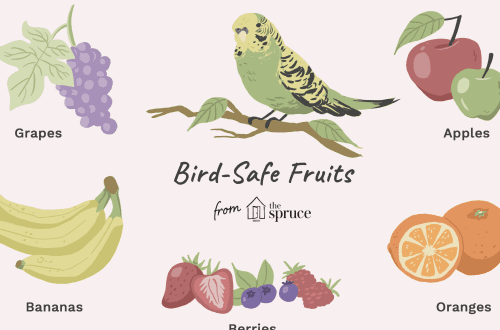
New species of parrot discovered in Mexico
In the forests of the Yucatan Peninsula (Mexico), a new species of parrots was discovered. These were blue-winged Amazons, their other name in Latin Amazona gomezgarzai – in honor of the person who first noticed them. It was Miguel A. Gómez Garza, an ornithologist and veterinarian. In 2014, while in Yucatatna, the scientist was the first to see a small flock of unfamiliar birds.
Their further study helped to confirm the guesses about the new species of parrots: the body structure, DNA analysis and voice characteristics made it possible to boldly assert about a separate species.
Genetic studies have shown that the blue-winged Amazon is a direct descendant of the white-fronted Amazona albifrons. For 120 thousand years, blue-winged birds have acquired very pronounced differences, which today make it possible to classify them as a separate species.
In food preferences, the “newcomers” did not differ much from their relatives, their main diet is plant foods in the form of fruits of the leucena tree (Leucaena), seeds, young greens, shoots and flowers.
What makes Amazona gomezgarzai really different is their call. The sound that Amazons make is very similar to the cry of a hawk: strong, piercing, short, without changing the tone and repetitive.
You can meet a new species of parrots in the rainforests of the state of Yucatan, the municipality of Tekax (Tekax) a little south of the village Bekanchen (Becanchén) on an area of about one hundred square kilometers.
Birds live in small flocks, up to 12 individuals, the offspring, having matured, remain with the family.
Since the habitat of these birds is territorially limited – they do not move more than a hundred kilometers, their place of residence is not protected in any way, and the forests in which they live, if they are cut down, this will be the main reason for the extinction of a new species. For this reason, the Mexican authorities have classified blue-winged Amazons as an endangered species “Especie en Peligro de Extinción”.
For more information about the blue-winged Amazon, see PeerJ, an electronic scientific journal.





